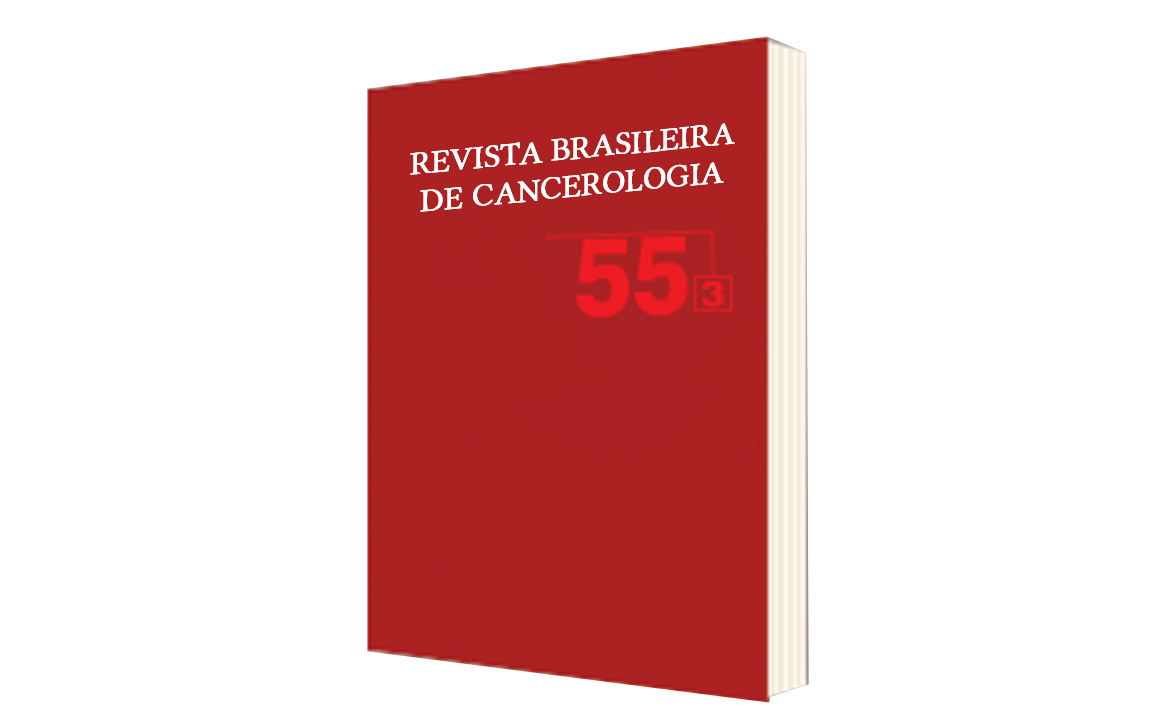Evidences of Complementary and Alternative Therapies in Conventional Breast Neoplasm Treatment
DOI:
https://doi.org/10.32635/2176-9745.RBC.2009v55n3.1613Keywords:
Breast Neoplasms, Alternative Therapies, Complementary Therapies, Medicine, Traditional, Qualitative Research, Quantitative AnalysisAbstract
The study aimed at identifying the prevalence of complementary and alternative practices (CAP) usage among patients with mammal neoplasms treated in the Breast Care Clinic at CAISM/Unicamp, as well as the reasons for using these treatments. "Yes or no" questions were asked on the telephone to 82 patients with breast neoplasms undergoing conventional treatment. After that, more precise interviews were made with 5 patients who admitted having ACP in the first phase. Patients interviewed average age was between 50 and 60 years-old; most of them were married, white and catholic, and had monthly familiar low income and low education. From the total, 90.2% denied using some type of the ACP; however, 96.3% mentioned the use of at least one practice during the interviews. The most common practice was praying, followed by support groups, herbs and diet. The patients have hoped that the practices would act as an adjuvant treatment of the illness and conventional treatment's side effects and not as a healing source. The patients that were interviewed in the qualitative phase have reported that their symptoms diminished with the ACP use. None of them had thought about possible side effects from its use, although a few patients have reported some effects. They admitted not declaring the use of ACP to their oncologists. Praying appeared as the most used ACP. The use of ACP was characterized as adjuvant to conventional treatment and related to the soothing of side effects. The importance of health professionals´ education regarding the use of ACP and the scarcity of information on this subject in Brazil is emphasized.









